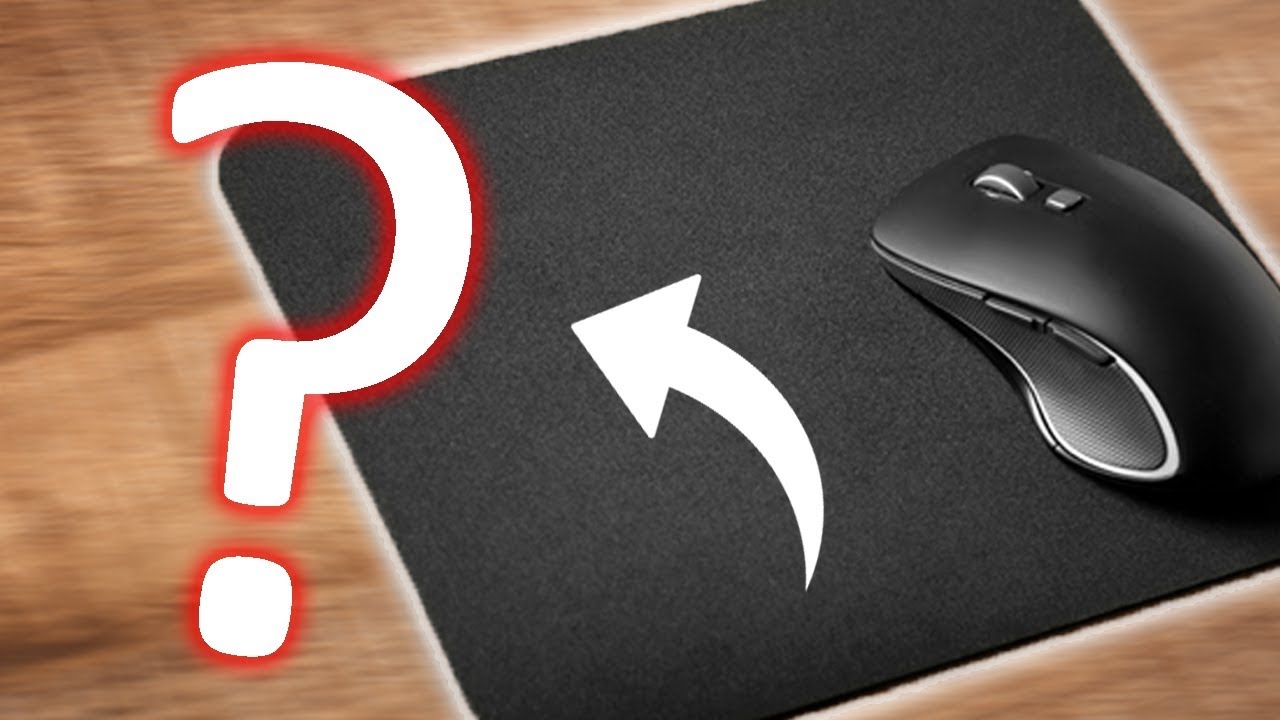Welcome to our guide on finding alternatives to the traditional mouse pad. Discover innovative solutions that can enhance your computer experience and improve mouse tracking accuracy.
What To Use Instead Of Mouse Pad?

Here are some alternative options to a mouse pad:
1. Bedsheet:
You can use a bedsheets as a makeshift mouse pad with a little effort.
2. Cardboard:
Despite not being very smooth, cardboard makes an excellent mouse pad due to its density.
3. Duct Tape:
Cut and layer pieces of duct tape to create a homemade mouse cushion.
4. Folder:
An organizer or notebook can serve as an effective mouse pad.
5. Hardcover Book:
Larger hardcover books can be used as a functional mouse pad.
6. Lap:
In a pinch, you can use your lap as a temporary mouse pad.
7. Magazine:
Use a substantial magazine with a level and smooth surface as an improvised mouse pad.
8. Paper:
Stack sheets of paper to create a DIY mouse cushion, although it may need frequent replacement.
9. Table Mats:
Select appropriate table mats to serve as makeshift mouse pads.
10. Wooden Desks:
Wooden work surfaces can be used as a temporary mouse pad.
11. Waxed Paper:
Waxed paper, with its smooth surface, can be repurposed as a mouse pad.
12. Old T-shirt:
An old T-shirt can work as a simple mouse pad if you don’t require much padding.
Feel free to try out these alternatives and see how they work for you.
Is it OK to use paper as mouse pad?

To create a makeshift mouse pad, it’s essential to ensure it offers a smooth surface for effortless mouse movement and remains stable during use. One popular option is using paper or cardboard, cut to the desired size and shape, and securely attached with adhesive backing. This provides a flat and stable surface, mimicking an actual mouse pad. Adding decorative elements to the paper/cardboard is also possible for personalization.
Another excellent choice is using felt or other heavy fabrics, as they offer a soft and cushioned surface while maintaining firmness for smooth mouse gliding. Felt is a cost-effective option available in various colors to match your workspace’s decor. Unlike traditional leather-covered mouse pads, felt does not generate static electricity, ensuring uninterrupted gaming sessions or precise cursor movements during critical tasks.
Regarding padding thickness, a balance is necessary to minimize noise while moving the mouse while keeping the pad thin enough to avoid significant height differences between typing and using the trackpad. The resting position of the user’s hand on the pad should be slightly higher than the position while using the computer’s trackpad.
For optimal results, it’s advisable to test various materials beforehand, perhaps through swatch samples, to assess both aesthetics and usability before making a final decision on the makeshift mouse pad.
What surfaces work for mouse?

An optical mouse is a computer mouse that utilizes a light source, often an LED, along with a light detector, such as an array of photodiodes, to track movement relative to a surface. This technology has largely replaced the older mechanical mouse design, which relies on moving parts to sense motion.
In the past, the earliest optical mice detected movement on pre-printed mousepad surfaces. Nowadays, modern optical mice can function on most opaque diffusely reflective surfaces, such as paper. However, they may not work properly on specularly reflective surfaces like polished stone or transparent surfaces like glass. Fortunately, optical mice equipped with dark field illumination can perform reliably even on such challenging surfaces.
